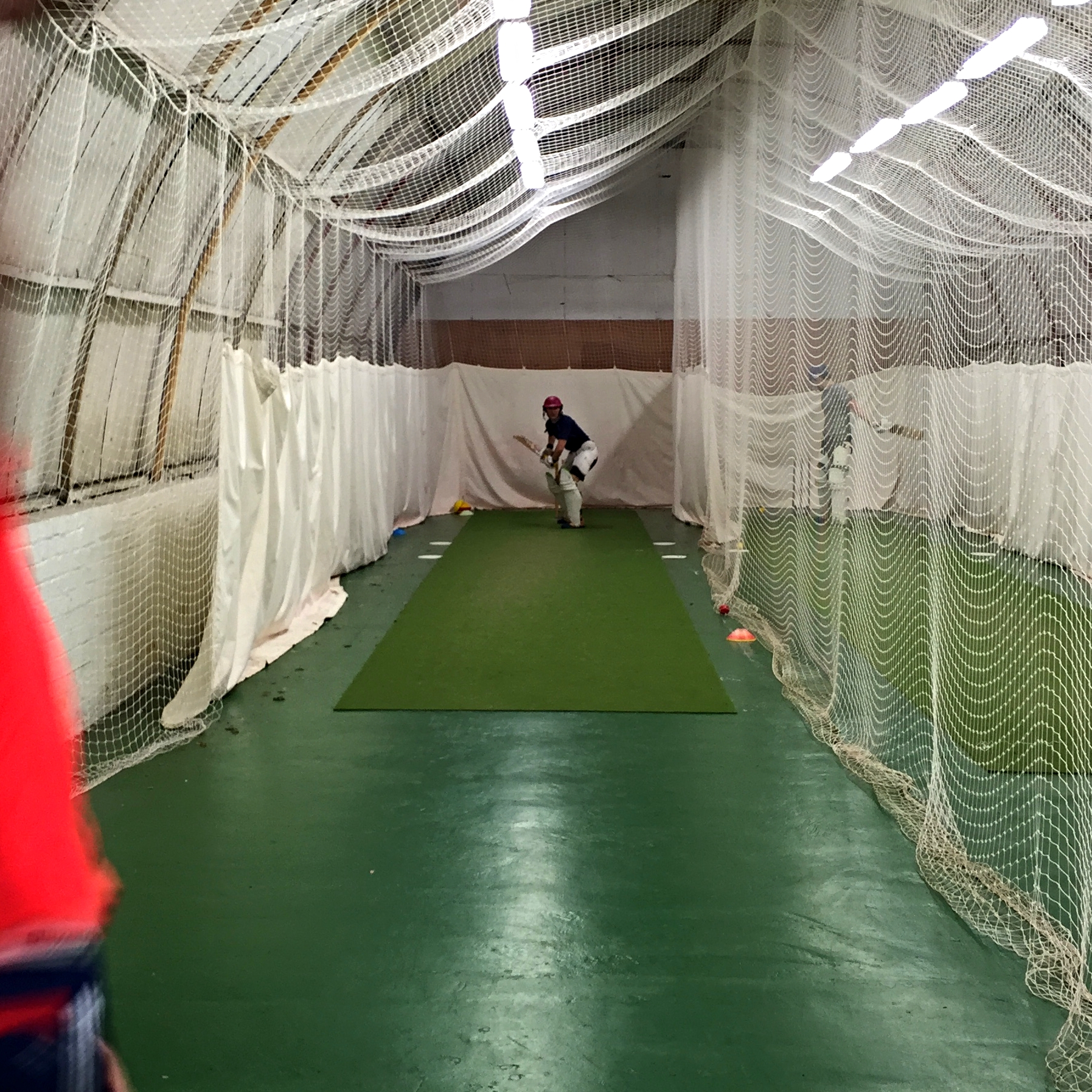If you are a master chef, you use the right tools to produce the most delicious dishes. You could use just a chef's knife and get away with it, but it makes it much harder to stir the soup.
This is how I feel about data in club cricket.
Data is another tool to produce cricketers. If you use it at the right time it works a charm. Just don't try and stir the soup with it.
Many people don't see stats in this way. They look at numbers and charts and feel wrong. Sport, they say, is about passion. It's about the fire and being in the moment. It's about the meta; the context and the story. Numbers take all that away.
And yes, sport is those things. Those moments where it's a real contest, you are challenged to your limits and you are influential in the result is why I love cricket so much. Where I disagree is that data is the opposite. Used right, stats give you the chance to reach your peak more often.
Using the data tool in cricket
Let me give you some examples from West of Scotland this winter, where we have had unprecedented use of data in a club setting:
Over the last few weeks of training we have kept data on "key measurables" for batsmen and bowlers. Basically, accuracy, pace, batting average and strike rate. Then I update the players every week with a league table of their performance at nets.
Suddenly, popping along for a net means something. As one player said to me this week, "I batted well but I got out a few times. I ruined my average". It's competitive both with others and with yourself. And, let's face it, all cricketers are super-competitive.
Beyond this, the numbers also start to show me things that I suspected:
- The young all rounder who has improved his accuracy and batting strike rate dramatically with high volume erratic training.
- The unreliable batsman who has committed to training so much he has the second highest number of balls faced at nets.
- The fast bowler who has doubled his accuracy.
- The spinner who has added several mph to his pace without losing accuracy or turn
- The paceman who has bowled more than anyone else but recently lost some pace and accuracy suggesting he's slightly over-bowling.
All these things are clear in the data but less clear to the eyeballs. Chances are I would have thought all the above were true without PitchVision, but with it I KNOW it to be true. It's right there.
Once we know things, we can plan around them better. Selection can be made more on proven facts. If we want to reward those who train more with selection preference, then we can look at who has faced or bowled more balls. If we are mulling over two players we can look at their training data alongside match stats to see who has a better chance of success.
For individuals, it highlights areas to work on. Whether we are building strengths or flattening weaknesses, we can apply time and attention to tactics and mental skills rather than focus on technical changes that are easy to spot but hard to implement (especially in season).
For example, one batsman has been concerned with his technique when playing straight. It is slightly unorthodox and - in theory - might make him vulnerable to swing bowling.
In fact, he has topped the batting averages all winter and has performed against some very challenging swing bowling on the bowling machine. He has learned what he needs to do to "switch on" early in his innings simply by measuring outcomes. Due to these numbers to support him, he is more confident his technique will serve him in all situations, rather than being worried he may not survive against good bowling.
Another good example is the right length to bowl to get wickets. With the data gathered we can see what lengths are "good" for different bowlers. It's easy to compare length bowled that took wickets with length that went for runs. In one case we adjusted a players length back by about 50cm. You might argue this is so small no one cares, but games are won and lost on much smaller margins. The more you hit your most successful length to more wickets you take. As proven by data.
Where does this leave the narrative?
As you can see, there are a lot of ways to use data to improve cricket at club level. But I want to stress, there is still a huge place for the other, instinctive side of cricket: the narrative.
Cricket is best played as a story. The raw challenge is batsman vs. bowler. The wider contexts of the match and the season loom overhead. We talk long into the night about those days where we came up against a challenge and overcame it. We speak of the drama and the emotions. The numbers are too cold to tell the story.
Telling stories is a powerful human need. That's why books and movies exist and why all cricketers need a narrative to make things interesting. This not only must continue, it always will. As long as we are human.
Stats don't add much, if anything, to this basic need. They may even take away from it. But what they can do is help you tell more stories of success because you are better prepared.
Use the numbers to help you with selection, tactics and self-awareness. Then train hard to get you skills right and go into your game ready to tell your story.
It doesn't need to be a dichotomy. Use stats, use stories and enjoy your cricket all the more.






